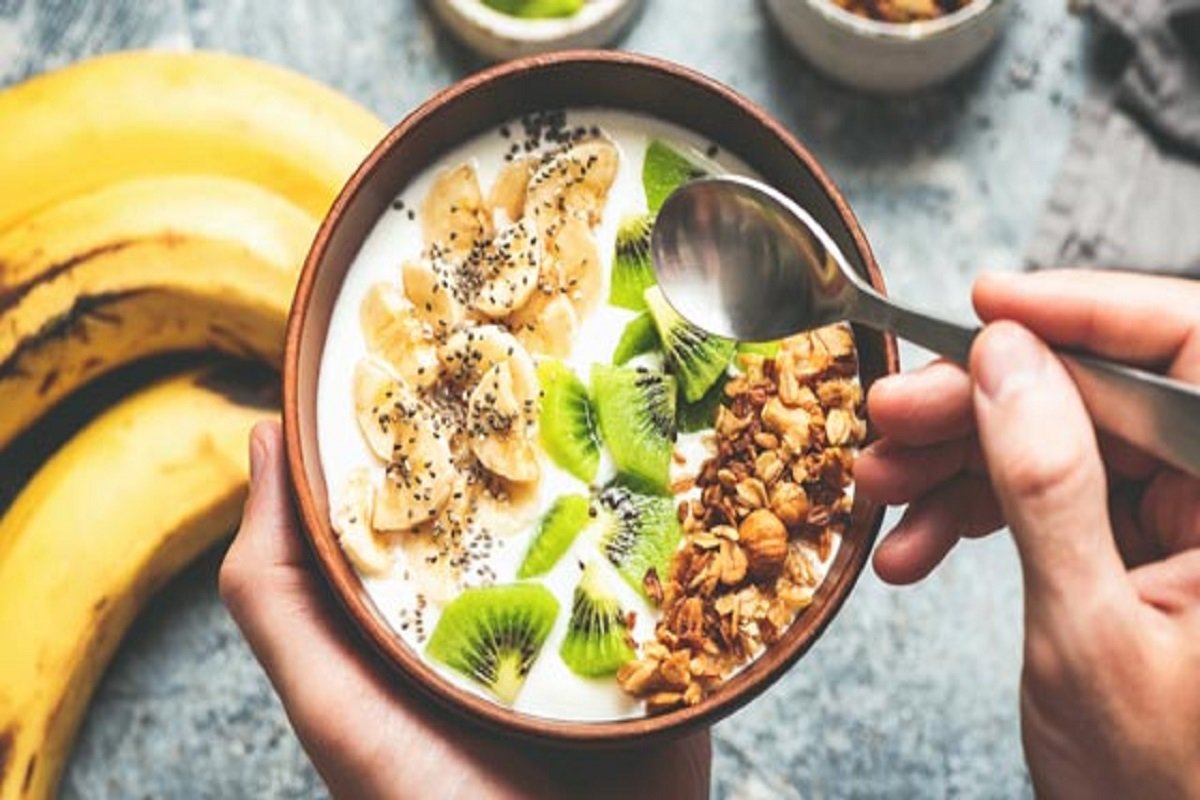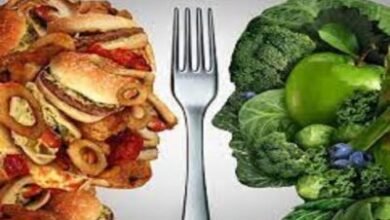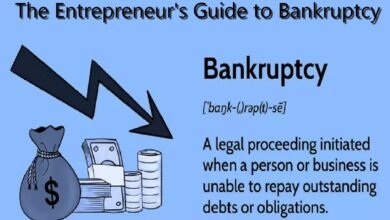The Gluten-Free Diet: A Guide to a Healthier Lifestyle in 2023

Are you curious about the gluten-free diet and how it can improve your health and lifestyle? With more and more people embracing this diet, it’s important to understand what it is, what to eat, and how to live a healthy gluten-free lifestyle in 2023.
In this guide, YezzBuzz will take a deep dive into the gluten-free diet and provide you with the knowledge and resources to make informed decisions about your health. Whether you’re considering going gluten-free for health reasons or just want to explore a new way of eating, this guide is for you.
What is a gluten-free diet?
The gluten-free diet is a way of eating that eliminates gluten, a protein found in wheat, barley, and rye. It’s often recommended for people with celiac disease, non-celiac gluten sensitivity, or wheat allergy. However, many people also choose to follow this diet for personal reasons, such as weight loss or improved digestion.
What to Eat on a Gluten-Free Diet:
Following a gluten-free diet doesn’t mean you have to give up all of your favorite foods. In fact, there are plenty of delicious and nutritious gluten-free options available. Here are some foods to include in your gluten-free diet:
Protein Sources
Protein is an important part of any healthy diet, and there are many gluten-free options to choose from. Here are some great options:
- Lean meats such as chicken, turkey, and fish
- Legumes such as beans, lentils, and chickpeas
- Nuts and seeds such as almonds, walnuts, and chia seeds
- Tofu and tempeh
- Dairy products such as milk, cheese, and yogurt
Grains and Starches
While many grains contain gluten, there are plenty of gluten-free options available. Here are some great options:
- Quinoa
- Rice (brown, white, and wild)
- Corn (cornmeal, corn tortillas, and popcorn)
- Potatoes (baked, boiled, or mashed)
- Gluten-free bread, pasta, and crackers made from alternative flours such as rice, almond, or chickpea flour
Fruits and Vegetables
As mentioned earlier, fruits and vegetables are an important part of any healthy diet, and they are naturally gluten-free. Aim to eat a variety of colorful fruits and vegetables to ensure that you are getting a wide range of vitamins and minerals.
Snacks
It’s important to have healthy snack options available when following a gluten-free diet. Here are some great options:
- Fresh fruit or vegetable slices with hummus or guacamole
- Nuts or seeds
- Gluten-free granola bars
- Rice cakes with almond butter and sliced banana
- Popcorn
Eating Out
Eating out can be a challenge when following a gluten-free diet, but many restaurants now offer gluten-free options on their menus. Some tips for eating out include:
- Call ahead to ask about gluten-free options
- Ask your server about how dishes are prepared to avoid cross-contamination
- Look for restaurants that specialize in gluten-free cuisine
Meat and poultry
Meat and Poultry, Fish and Seafood, Nuts and Seeds, Legumes and Beans, Gluten-Free Grains, Gluten-Free Flours, and Dairy Products: A Comprehensive Guide to Gluten-Free Foods
Following a gluten-free diet doesn’t have to mean giving up your favorite foods. With so many options available, there are plenty of delicious and nutritious gluten-free foods to enjoy. Here’s a closer look at some of the top choices:
Meat and Poultry
Most fresh cuts of meat and poultry are naturally gluten-free. However, processed meats such as sausages and deli meats may contain gluten, so it’s important to check labels carefully. Some great options include:
- Beef
- Pork
- Lamb
- Chicken
- Turkey
Fish and Seafood
Fish and seafood are also naturally gluten-free and a great source of protein. Some options include:
- Salmon
- Tuna
- Shrimp
- Crab
- Lobster
Nuts and Seeds
Nuts and seeds are not only gluten-free but also packed with healthy fats, protein, and fiber. Some top choices include:
- Almonds
- Walnuts
- Pistachios
- Chia seeds
- Flaxseeds
Legumes and Beans
Legumes and beans are not only a great source of protein but are also rich in fiber, iron, and other nutrients. Some great gluten-free options include:
- Black beans
- Chickpeas
- Lentils
- Peas
- Kidney beans
Gluten-Free Grains
While many grains contain gluten, there are plenty of gluten-free options available. Some of the best choices include:
- Rice (brown, white, and wild)
- Quinoa
- Millet
- Buckwheat
- Amaranth
Gluten-Free Flours
Gluten-free flours are a great substitute for traditional wheat flour and can be used in a variety of recipes. Some of the best options include:
- Almond flour
- Coconut flour
- Chickpea flour
- Brown rice flour
- Tapioca flour
Dairy Products
Most dairy products are naturally gluten-free, although some flavored yogurts and cheeses may contain gluten. Some great options include:
- Milk
- Cheese
- Yogurt
- Cottage cheese
- Sour cream
Living a Healthy Gluten-Free Lifestyle in 2023

Going gluten-free doesn’t automatically mean you’re eating a healthy diet. It’s important to make sure you’re getting all of the nutrients your body needs to thrive. Here are some tips for living a healthy gluten-free lifestyle:
Focus on whole foods
Choose foods that are naturally gluten-free, such as fruits, vegetables, and lean protein sources.
Be Mindful of Processed Foods
Many gluten-free processed foods are high in sugar and unhealthy fats. Choose whole foods as often as possible.
Get Enough Fiber
Make sure you’re getting enough fiber from fruits, vegetables, and gluten-free grains.
Take Supplements if Necessary
If you’re not getting enough of certain nutrients from your diet, consider taking supplements. Talk to your healthcare provider before starting any supplements.
Read More: The Importance of Vitamins and Nutrients for Your Health in 2023
FAQs
Q: Is a gluten-free diet healthier than a regular diet? A: It depends on the individual. For people with celiac disease, non-celiac gluten sensitivity, or wheat allergy, a gluten-free diet is necessary for good health. However, for people without these conditions, there is no evidence that a gluten-free diet is healthier than a regular diet.
Q: Can I eat out at restaurants if I’m following a gluten-free diet? A: Yes, many restaurants now offer gluten-free options on their menus. However, it’s important to be cautious and ask questions about how the food is prepared to avoid cross-contamination.
Q: What are some common gluten-containing foods to avoid? A: Wheat, barley, and rye are the most common sources of gluten. This includes foods like bread, pasta, cereal, and baked goods. Other products to be cautious of include soy sauce, beer, and some types of candy.
Conclusion
The gluten-free diet has become increasingly popular in recent years, and for good reason. For people with celiac disease, non-celiac gluten sensitivity, or wheat allergy, eliminating gluten from their diet is necessary for good health. But even for those without these conditions, a gluten-free diet can offer benefits such as improved digestion and weight loss.
If you’re considering going gluten-free, it’s important to educate yourself on what to eat and how to live a healthy lifestyle. By focusing on whole, naturally gluten-free foods and being mindful of processed foods, you can enjoy a delicious and nutritious gluten-free diet. And with more and more restaurants and food manufacturers offering gluten-free options, it’s easier than ever to make this lifestyle change. So why not give it a try and see how it can improve your health and well-being in 2023?











One Comment